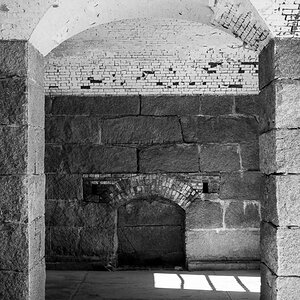photo_abc
TPF Noob!
- Joined
- Feb 16, 2016
- Messages
- 45
- Reaction score
- 2
- Can others edit my Photos
- Photos OK to edit
Hi, I am trying to decide if I need to invest on a tripod for my iPhone. Why it is recommended to use a tripod when taking photos? I can imagine that it is ideal to use it when taking video as we don't want shaking. For static objects, if we don't like the photo, we could retake it. So, what is the point of using a tripod?



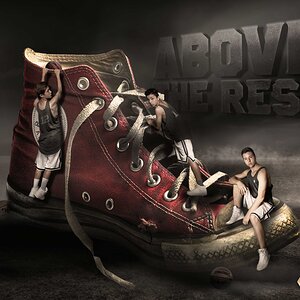
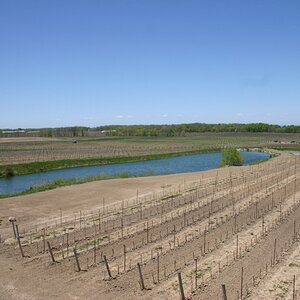
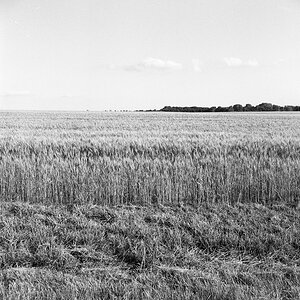
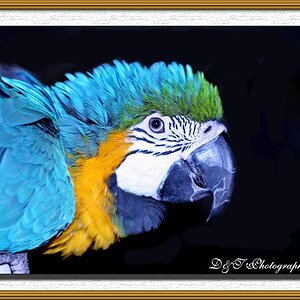
![[No title]](/data/xfmg/thumbnail/37/37602-1ef8dbb1c2d0e4ff347ee65d328c3603.jpg?1619738147)
